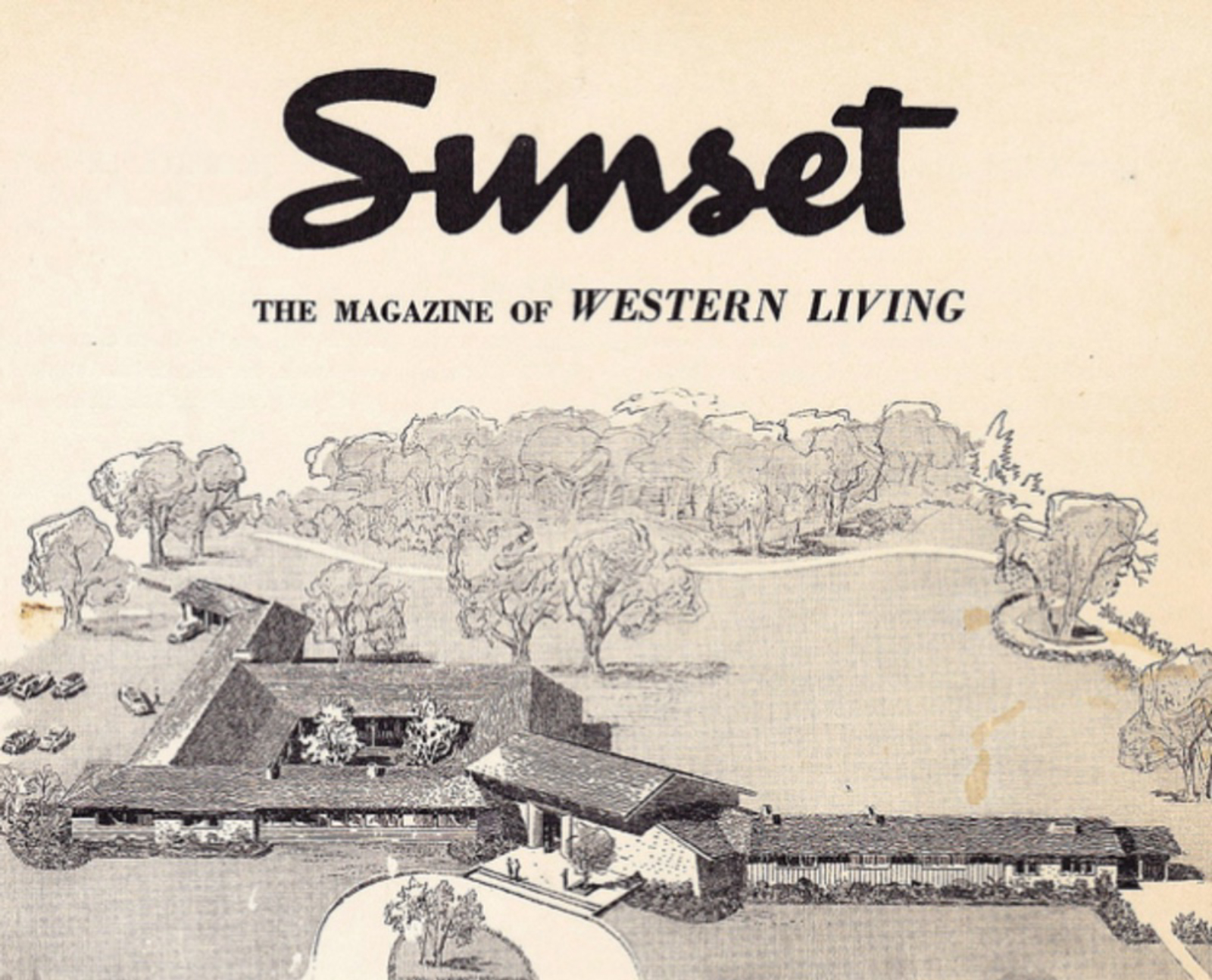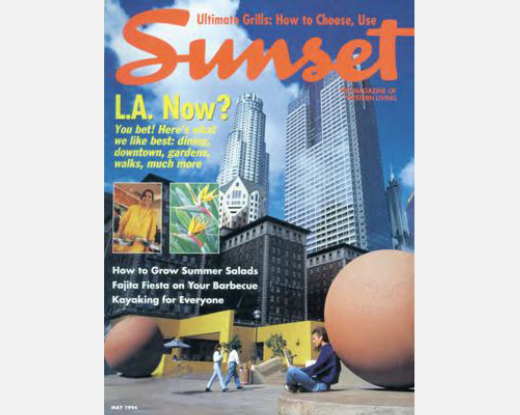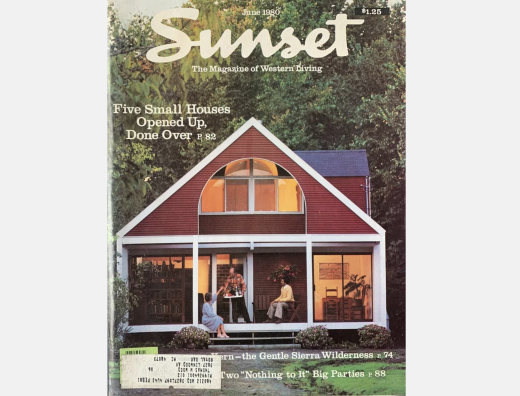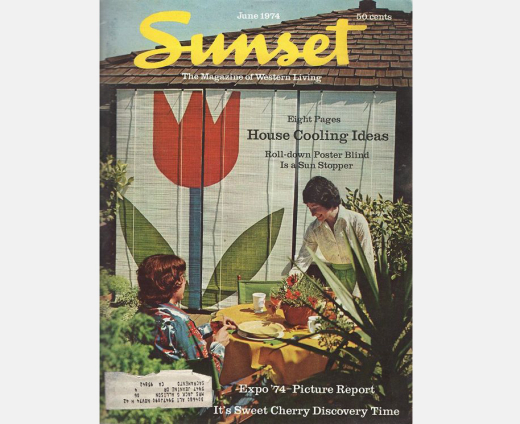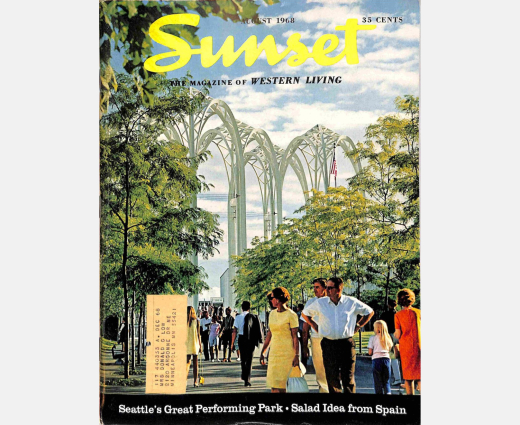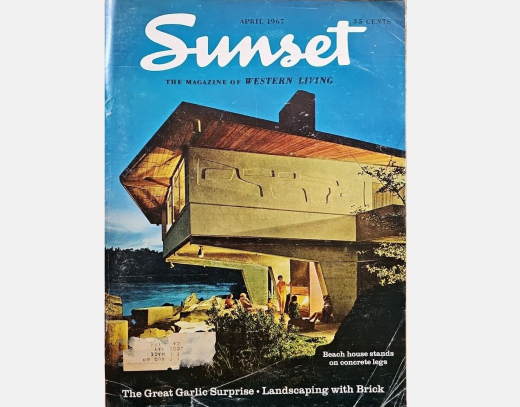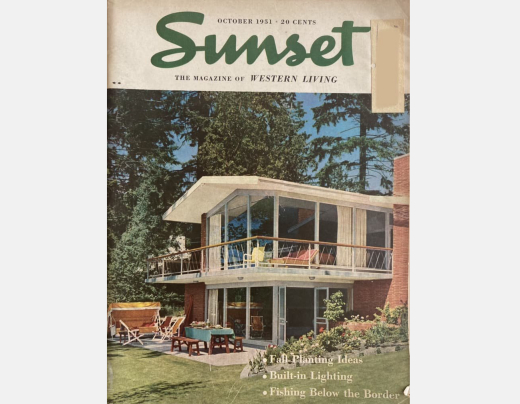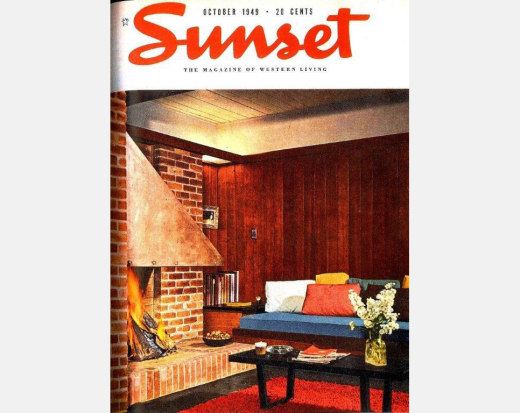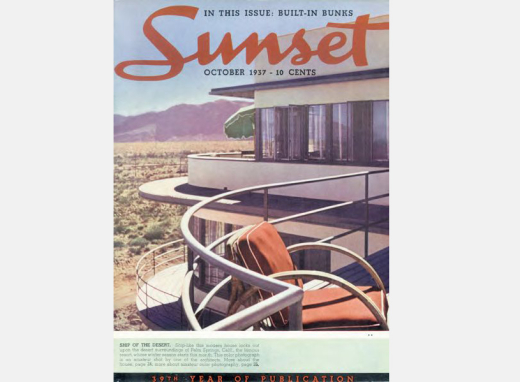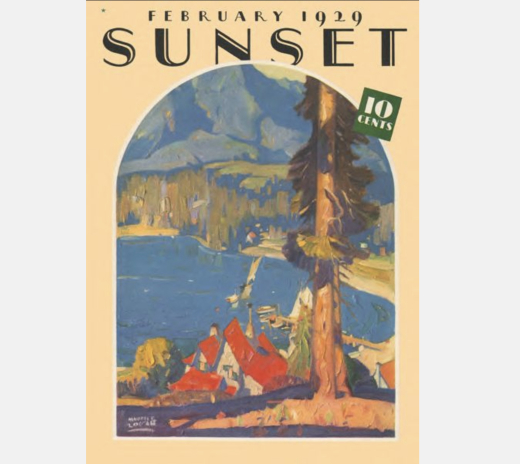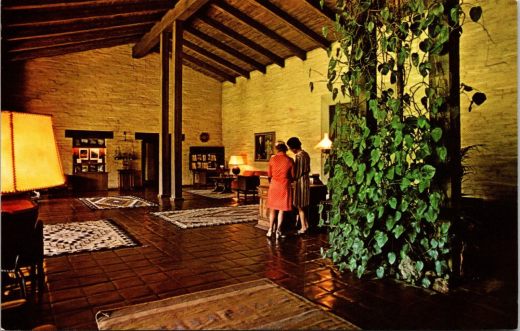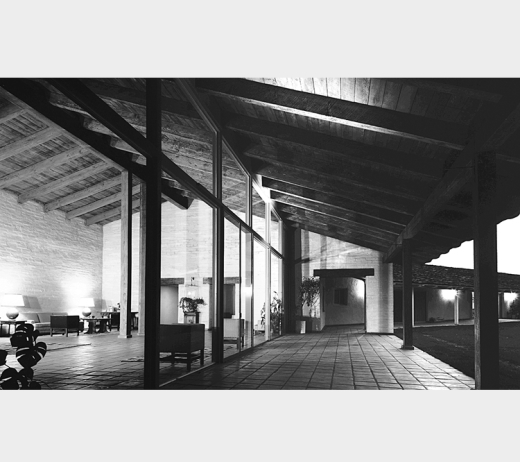The seven-acre Modern corporate campus once home to Sunset magazine is under threat of demolition. The site captures the essence of “California Modernism” in both its physical design and cultural significance.
History
Founded in 1898 as a marketing tool for the Southern Pacific Railroad to lure tourists west, Sunset magazine was purchased in 1929 by Laurence and Ruth Lane. In their first issue, the Lanes shared their mission for the publication: “Advancing with modern trends, life in the West offers the utmost in living. Charming and comfortable homes are the rule. Tastefully designed and furnished, they also abound in new convenience ideas, making housekeeping less of a job and more of a joy . . . the new Sunset will be vitalized by a constant stream of new ideas in the art of living. It is keyed to the prime interests of life in the West – indoors and out.”
